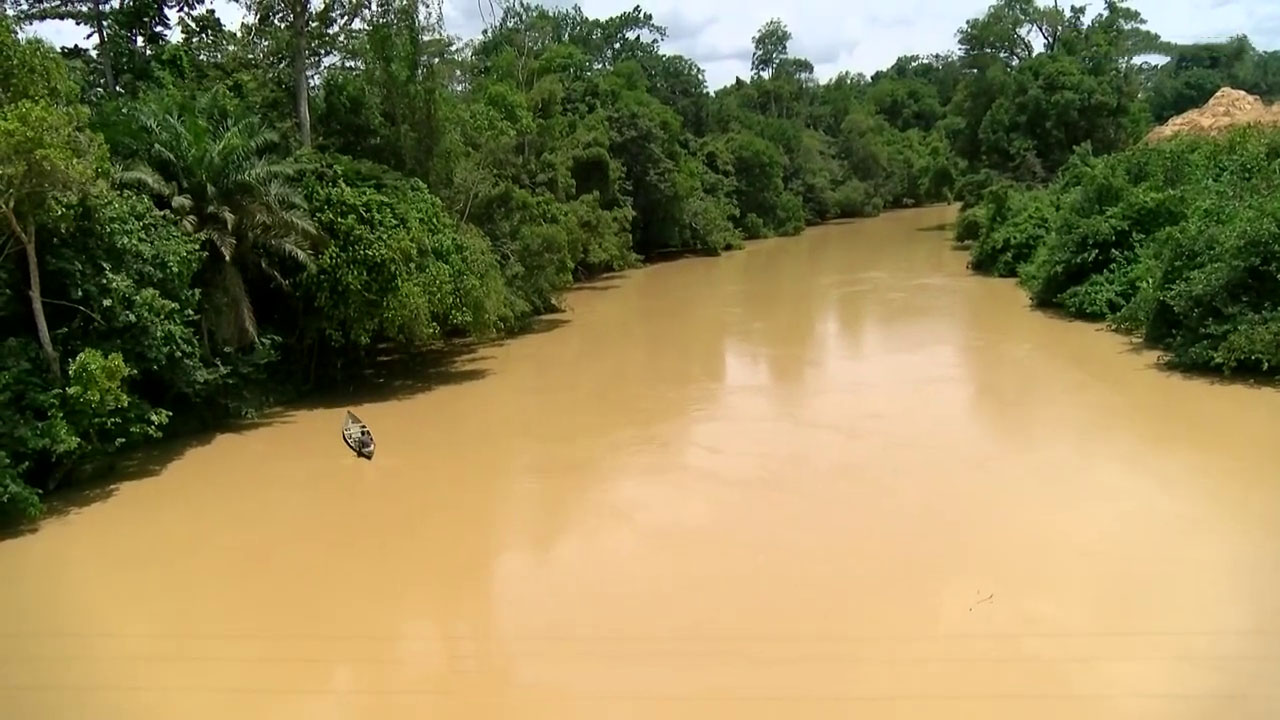- Iran's response to Israel will be a choice between revenge and survival. Markets say it's choosing survival
- Rupert Murdoch’s property group REA ends chase to buy Rightmove after multiple rejected offers
- 6 strategies to help mitigate rising car and home insurance costs
- 'No challenges can stop China's progress' Xi Jinping says in 75th anniversary speech
- China stocks just had their best day in 16 years, sending related U.S. ETFs soaring
What do you believe is the single most important factor driving up the cost of living in Nigeria?

Microplastic hotspots forming in offshore UK North Sea, researchers find
Microplastic pollution in the world's oceans is often illustrated through evocative images of wildlife caught within large items floating on the surface, or microplastics blending in among the sand on otherwise pristine beaches.
The mass of plastics supplied to the ocean each year is vast, potentially up to 12.7 million tons through riverine input in addition to marine-based sources from fishing, aquaculture and shipping industries; yet, that which is observed on the surface does not match accordingly. Consequently, there are missing microplastic sinks in the marine realm.
New research, published in Frontiers in Marine Science, has identified the North Sea as home to some of these plastic sinks.
Dr. Danja Hoehn and colleagues at the Center for Environment, Fisheries and Aquaculture Science, U.K., collected microplastic data in 2022 using a specialized Neuston Microplastic Catamaran (a floating catamaran with a mechanical flowmeter and mesh to capture plastics) on the ocean surface, as this is where microplastics first enter the ocean from terrestrial runoff or ship-based sources before sinking to the seabed.
The researchers found high microplastic concentrations in the coastal Southern Bight of the North Sea, peaking at over 25,000 items per square kilometer (items km-2, with a mean of ~8,700 items km-2), compared to nearby offshore Scottish (mean ~4,500 items km-2) and north-east Atlantic (mean ~3,200 items km-2) waters.

- September 30, 2024
Fix galamsey challenge to save the fisheries sector – NAFAG

- September 30, 2024
African startups eye Middle East market

- September 29, 2024
Oil pollution in North Sea is 'grossly underestimated,' suggests new report

- September 30, 2024
'Vegetarian' possums eat meat when the weather's cold


- September 29, 2024
Flood alert: Relocate to highlands, NOA warns Nasarawa riverine communities

- September 30, 2024
Tech tools for addressing accounting challenges

- September 30, 2024
Volta Regional Minister lauds Aquaculture for Food and Jobs Programme

- September 30, 2024
Robert Ayittey wins GNCCI’s Young Entrepreneur award

- September 30, 2024
Ants might be pushing montane birds higher up, study finds


- September 30, 2024
3D-printed setup enables fast and accurate virus detection
Subscribe to our mailing list to get the new updates!

Subscribe our newsletter to stay updated
Thank you for subscribing!


